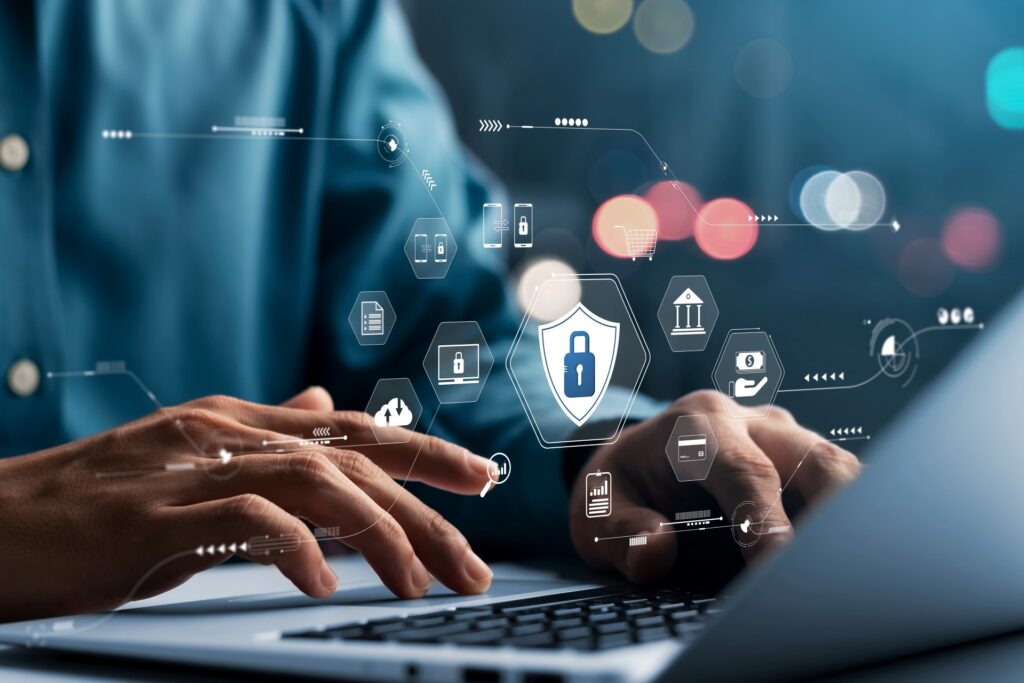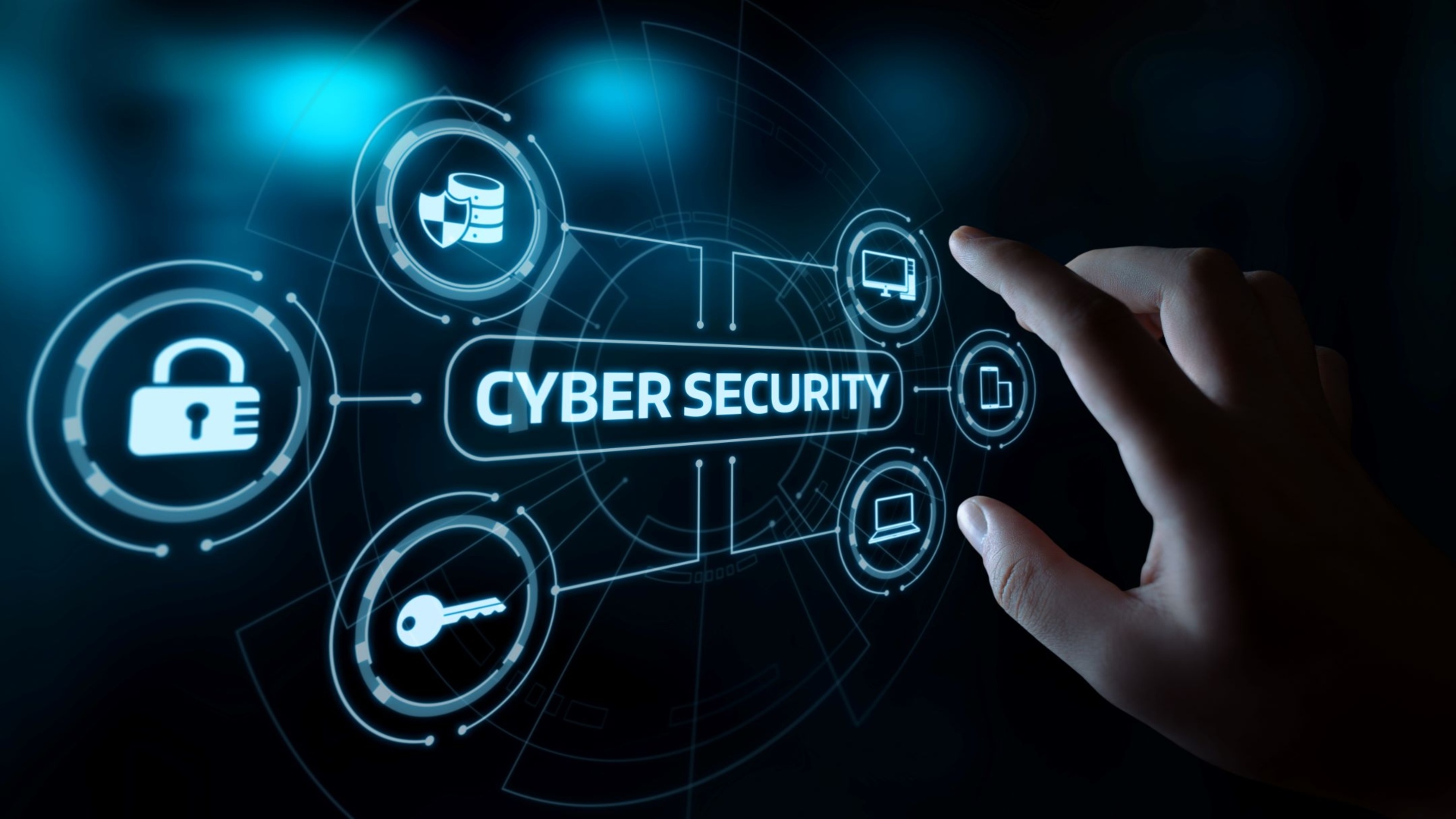Is Your C-Suite Prepared? Executive Cybersecurity Essentials
As a C-suite executive, cybersecurity may not be the first thing on your mind. Yet, protecting your company’s data has become as essential as growing the business itself.
Cyberattacks don’t just target tech departments. They strike at the core of your organization, impacting everything from reputation to financial stability. But here’s the good news: you can safeguard your company with proper knowledge.
In this article, you’ll learn the cybersecurity essentials every executive needs to know. Read on for the details!
Understand the Current Threat Landscape
Executives need a comprehensive understanding of the current threat landscape to ensure cyber resilience. These threats include malware, ransomware, sophisticated phishing attacks, and even insider risks.
Executives are often direct targets, facing attacks known as “whaling.” These are phishing schemes designed to trick them into sharing sensitive information or approving fraudulent transactions.
Staying informed about these evolving threats allows you to make smarter decisions. To be in the know, request regular updates from your cybersecurity team and industry reports. Understanding the latest risks will enable you to allocate resources where they’re most needed. This ensures that the company takes proactive steps instead of reacting to crises.
Consider working with a cybersecurity specialist to help with your security strategy. For instance, hiring InfoTECH Solutions can help you understand the current threat landscape. They can provide a thorough cyber risk assessment of your current security posture and offer tailored solutions to mitigate emerging threats.
Establish a Cybersecurity Culture
Embedding cybersecurity into company culture starts with executives setting the tone. When C-suite leaders prioritize cybersecurity, the rest of the organization is more likely to follow. This includes promoting secure practices, such as using strong passwords, recognizing phishing emails, and understanding data privacy guidelines.
Leading by example is a powerful way to build this culture. Executives should participate in training sessions to show their commitment to security. Open communication about risks and concerns is also essential. When the staff feels comfortable reporting suspicious activity, the company can detect and address potential threats early.
To further solidify this culture and align executive incentives with cybersecurity goals, consider incorporating CEO compensation planning by JER HR Group. Tying a portion of executive compensation to cybersecurity metrics, such as the implementation of a cybersecurity program and reduced incident response time, can create a direct link between individual performance and organizational security. This ensures that cybersecurity remains a top priority for executives and motivates them to drive a culture of security throughout the organization.
Invest in Cyber Insurance
As cyber threats become more advanced, companies increasingly turn to cyber insurance to reduce financial losses for attacks. Cyber insurance can help cover expenses like data recovery, business interruption, and even lawsuits resulting from a data breach. While it doesn’t replace strong security practices, it provides a safety net for covering some incident-related costs.
The C-suite should work with cybersecurity and legal teams to understand what this policy covers. Reviewing its limits and exclusions will ensure that coverage matches the company’s risk profile. This way, you’ll protect the company’s financial health in case of a cyberattack.
Have a Clear Incident Response Plan
Any organization, regardless of the size or security measures, can face a cyber incident. That’s why it’s essential to have an incident response plan. This plan will guide the company in the event of an attack. It outlines the steps to identify the breach, contain it, and recover from the damage.
The C-suite plays a crucial role in this process. Their decisions will affect how quickly and effectively the organization can respond. The plan should clearly define roles and responsibilities, communication protocols, and specific actions for containment and recovery.
When executives are familiar with the plan, they can swiftly reduce damage. This will help ensure effective communication with stakeholders and minimize the overall impact on the business.

Prioritize Data Encryption
Data encryption is essential for protecting sensitive information. If bad actors intercept critical data, encryption ensures it remains unreadable. This is especially vital for financial data, customer information, and proprietary business details. As such, executives should verify that encryption protocols are in place for data both in transit and at rest.
For mobile devices, encryption is crucial if a device is lost or stolen. This extra layer of security keeps information safe even if the device is no longer in physical control.
The bottom line? Encryption helps prevent data breaches and builds customer trust, showing the company’s commitment to safeguarding their information.
Implement Strong Access Controls
Access control is a vital part of cybersecurity. For executives handling sensitive information, strong access controls are crucial. Multi-factor authentication (MFA) can secure executive accounts by requiring more than just a password. This added layer of security will help prevent unauthorized access.
Executives should also have access only to the data and systems needed for their roles, following the “least privilege” principle. This limits exposure to sensitive information and reduces security risks.
Additionally, mobile devices used by your remote team members require special attention. Mobile device management (MDM) solutions will help ensure security protocols are followed on all devices, lowering the risk of data breaches.
Conclusion
For today’s C-suite, cybersecurity is a business imperative that requires awareness, strategy, and action. Executives must understand the evolving threat landscape, support a security-conscious culture, and implement effective protections. With the right measures, such as secure access controls, team training, and a solid incident response plan, executives can help safeguard the organization against cyber threats and protect its reputation, finances, and future stability.







